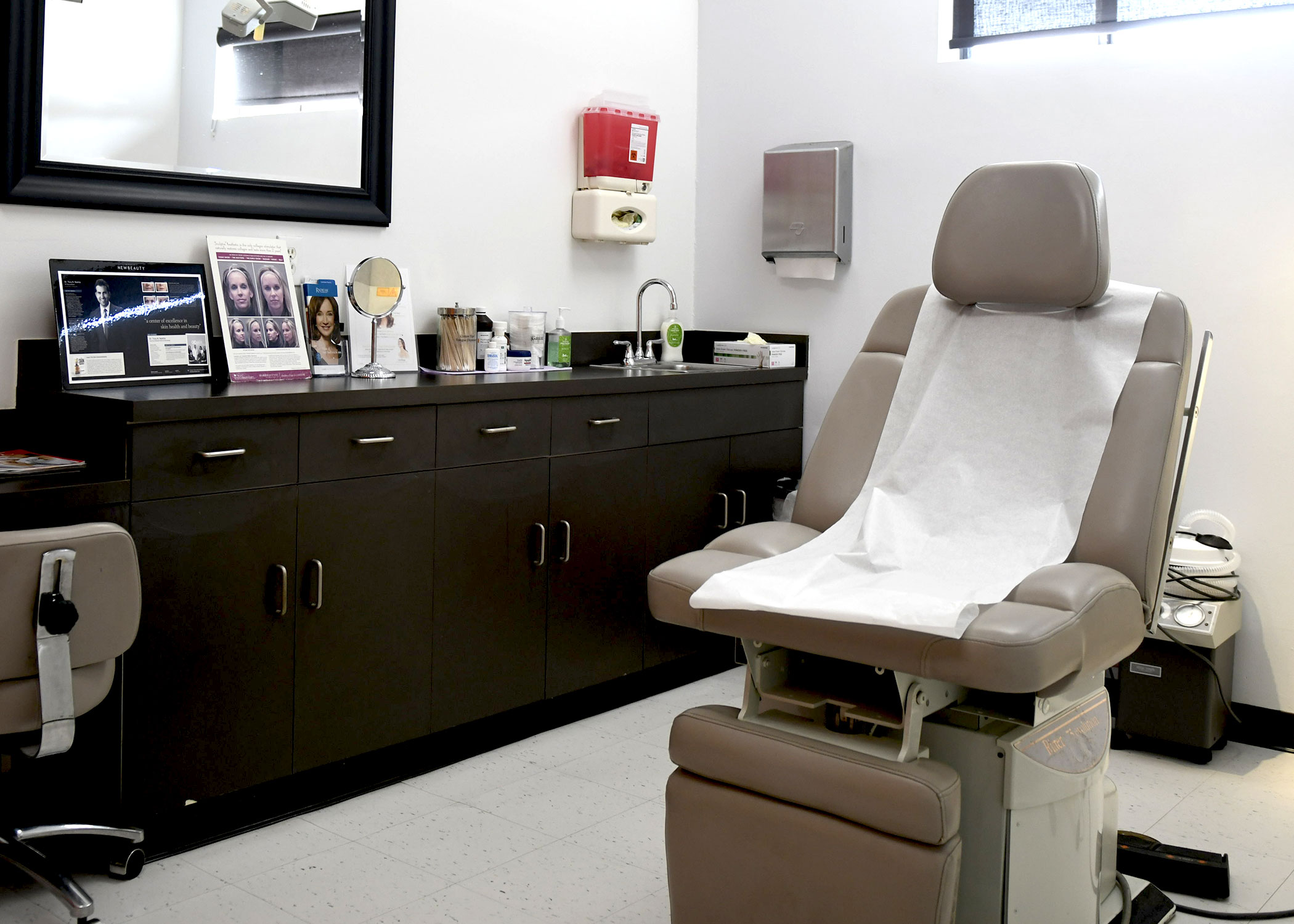Actinic keratoses are scaly, crusty skin growths that appear most commonly in individuals with a history of lengthy exposure to the sun. These growths represent a precancerous state of the skin and may go on to become squamous cell carcinoma if left untreated.
Who is at risk of actinic keratosis?
Anyone with extensive, unprotected sun exposure is susceptible to actinic keratoses, but they tend to be found in older adults. It takes many years of solar damage to produce an actinic keratosis, and once formed usually grow at a slow rate when compared to skin cancers.
What to know about actinic keratosis
Aside from unprotected sun exposure, other causes of actinic keratoses include tanning beds, and in rare cases, X-rays or industrial chemicals. They often first appear as a red or pink discoloration that is rough and almost sandpaper-like. In some cases, however, they can be brown or even the same color as normal skin.
Squamous cell carcinoma and actinic keratosis
Squamous cell carcinoma can result from actinic keratoses that are left untreated. While the danger of death due to topical squamous cell cancer is small, it is important to seek treatment immediately from a medical dermatologist in Orange County if any type of skin cancer is suspected.
Treatment options for actinic keratoses in Orange County
Treatment for actinic keratoses is almost 100% curative and includes options such as cryotherapy via liquid nitrogen, topical creams, and excision. Recovery time is minimal, and the procedures almost never require hospitalization.
The best defense against actinic keratoses is a combination of sun avoidance and sunscreens. Without the years of solar damage, the chance of an actinic keratosis forming is miniscule.
Contact the dermatologists in one of our Orange County locations for more information about how we treat actinic keratosis.

